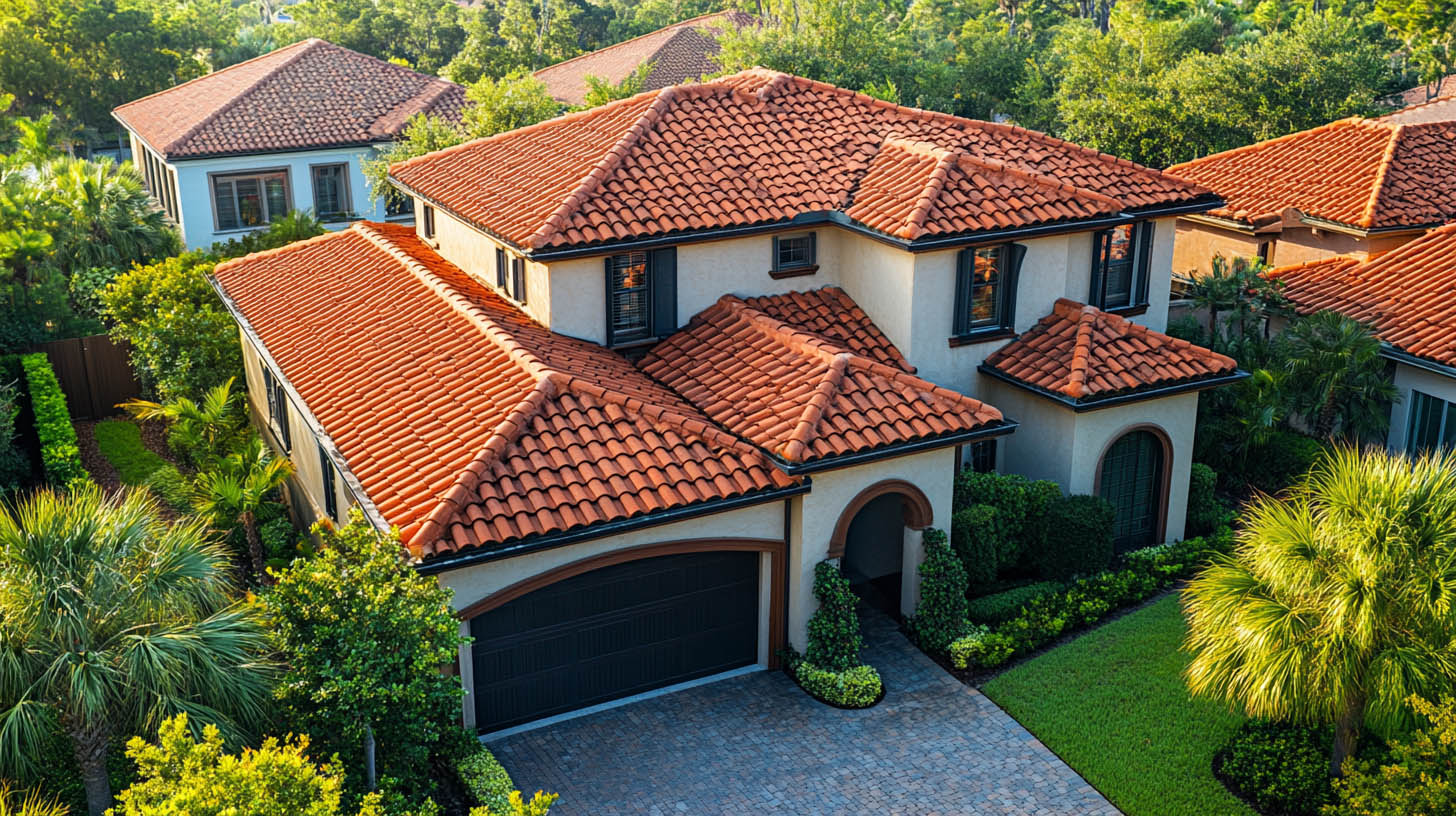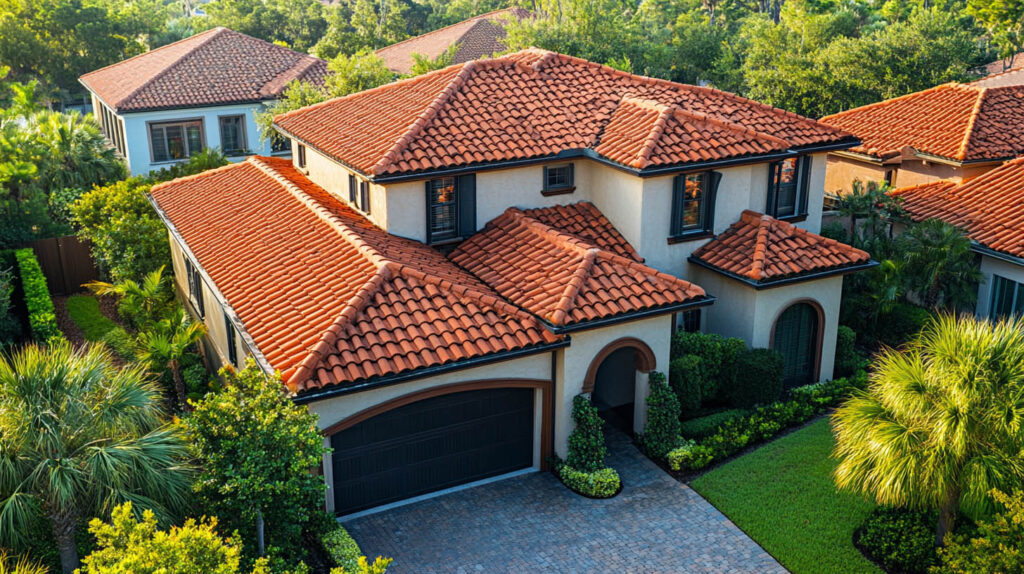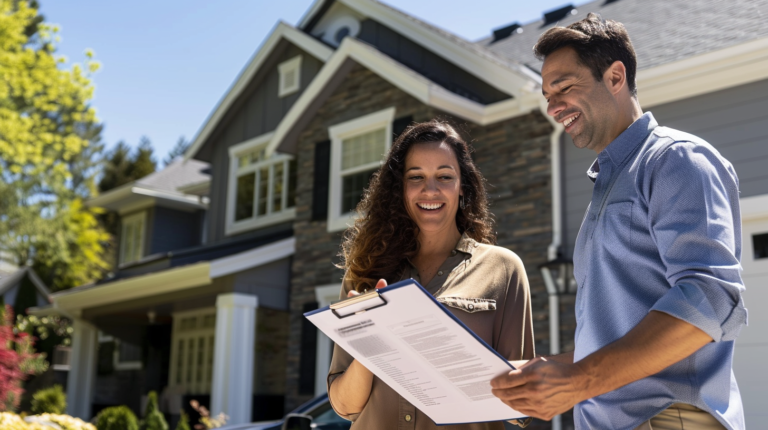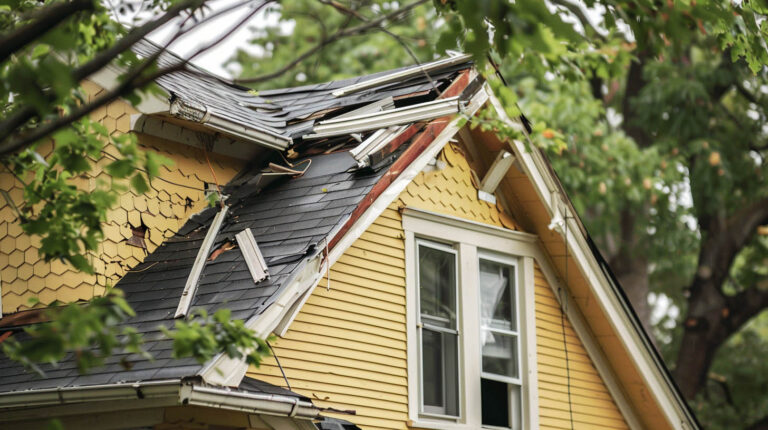
Blog
How Long Should a Roof Last in Florida?
In Florida’s harsh climate, roofs face extreme weather conditions that significantly impact their lifespan. From intense heat and humidity to frequent thunderstorms and hurricanes, roofing materials must be resilient to ensure durability. At Avenue Roofing, we help homeowners choose the best roofing materials for long-lasting protection in Florida’s unique environment.

Factors That Affect Roof Lifespan
1. Climate and Weather Conditions
Florida experiences a humid subtropical climate in the northern regions and a tropical climate in the south. Both climates bring distinct challenges, including high humidity, intense UV exposure, and heavy rainfall during the rainy season. Hurricanes and strong winds are common from June through November, placing additional stress on roofs. These elements cause wear and tear over time, particularly for roofs made of less durable materials.
Unique Fact: Florida experiences more than 90 thunderstorm days annually, making roof durability a top concern for homeowners.
2. Maintenance
Proper roof maintenance is critical for maximizing longevity. Regular inspections can identify small issues like leaks, cracks, or missing shingles before they develop into more significant problems. Neglecting maintenance can lead to premature roof failure, especially in Florida’s climate, where weather conditions quickly degrade roofing materials.
3. Quality of Materials
The lifespan of your roof largely depends on the quality of materials used. Investing in high-quality roofing materials may increase upfront costs, but it significantly enhances the roof’s durability, particularly in Florida’s hurricane-prone regions. Materials like metal, tile, and premium asphalt shingles are known for their resistance to extreme weather conditions and have longer lifespans.
Lifespan of Different Roofing Materials in Florida
1. Shingle Roofs
Three-tab shingles are the least expensive and offer a lifespan of 10-20 years, depending on exposure to elements like wind and sun. These shingles can endure wind speeds up to 70 mph, but their durability is limited in storm-prone areas.
Dimensional shingles provide better wind resistance and can last 15-25 years with proper installation and maintenance.
Premium shingles, often found on high-end homes, can last 20-30 years. They are designed with added features like solar reflectance, which helps reduce the impact of Florida’s intense heat.
For more on how shingle types can affect your roof’s longevity, click here.
2. Tile Roofs
Tile roofs, common in Florida, can last 25-30 years with proper maintenance. They are particularly resilient against Florida’s weather, but they require regular cleaning and care to prevent debris from accumulating and damaging the felt beneath the tiles. Tile roofs in South Florida may face more frequent damage from hurricanes, but if well-maintained, they can withstand high winds.
3. Metal Roofs
Metal roofs are increasingly popular due to their durability and resistance to Florida’s severe weather conditions. With a lifespan of 40-70 years, metal roofs can withstand wind speeds of up to 140 mph, making them a top choice for hurricane-prone areas. They also reflect heat, reducing energy costs, and are resistant to fire and corrosion, adding to their longevity.
4. Built-Up Roofs (BUR)
Built-up roofs, often used for flat or low-slope roofs, last between 15-30 years depending on the materials used. Their multi-layer construction provides excellent UV and fire resistance, making them a viable option for Florida’s warm climate. However, the installation process is time-consuming and requires careful attention to detail to ensure durability.
5. Membrane Roofs
Membrane roofs, often used on commercial buildings or flat residential roofs, have varying lifespans:
- TPO membranes last 10-20 years and offer energy efficiency but have limited durability in Florida’s climate.
- PVC membranes are more durable and last over 20 years, with excellent UV resistance.
- EPDM membranes, the “rubber” roofing option, can last up to 25 years but may degrade faster in Florida’s heat.
Conclusion
The lifespan of a roof in Florida depends on factors such as material quality, maintenance, and exposure to extreme weather. While shingle roofs may require more frequent replacements, tile and metal roofs offer longer-lasting protection. At Avenue Roofing, we specialize in installing high-quality, durable roofing materials designed to withstand Florida’s unique climate, ensuring your home remains protected for years to come.
FAQs
1. How long does a shingle roof last in Florida?
Three-tab shingles last 10-20 years, while premium shingles can last 20-30 years with proper maintenance.
2. Is a metal roof a good option for Florida homes?
Yes, metal roofs are highly durable, resistant to extreme weather, and can last 40-70 years, making them ideal for Florida’s climate.
3. How often should I maintain my roof in Florida?
Regular maintenance is recommended at least once a year and after any major storms to address minor issues before they escalate.
4. What is the longest-lasting roofing material in Florida?
Metal and tile roofs are known for their longevity, with lifespans of 40-70 years and 25-30 years, respectively.
5. Can tile roofs withstand hurricanes?
Yes, with proper maintenance, tile roofs can withstand hurricane-force winds, though regular inspections are necessary to ensure their integrity.
To learn how to determine the age of your roof, click here.



